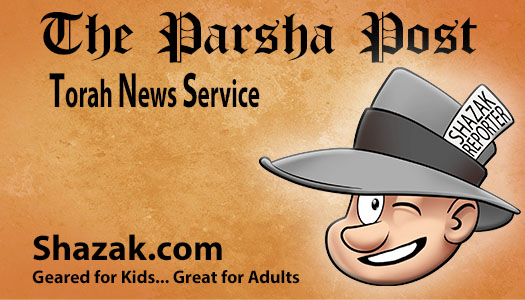Audio Complete – Terumah

This content is for members only
Shazak Video!

This content is for members only
P.O.P. – 9 PICS!
This content is for members only
Holy Homes
It’s not just the Shul that is a Mini-Mishkan/Beis HaMikdash. Our homes are as well.
Here are some ideas:
· Once upon a time, the Korbanos on the Mizbei’ach used to bring holiness into the world. Now, our tables, when surrounded by people having lively conversations about Torah, accomplish the very same thing.
· We begin our Shabbos meal by dipping some Challah into salt – just like the Korbanos, which were always salted.
· Our tables are likened to a Mizbei’ach, which had to be built without any sharp iron tools, and that’s how the custom began to remove all the knives from the table before Bentching – Grace After Meals.
· Remember the 12 special loaves of bread that the Kohanim would place on the Shulchan every Shabbos? Well, some holy Tzadikim have a custom to have 12 loaves of Challah on their Shabbos tables! For simple people, like us at Shazak, it’s our custom to have two Challos, each made of 6 strands of dough – which equals 12 (6+6=12)!
· There was a special place in the Beis HaMikdash called the Lishkas Chasha’im (“the secret room”) where people would quietly leave money to be distributed among the poor. The Pushka (Tzedakah box) in every Jewish home is a continuation of this wonderful custom.
· Ever notice that Jewish homes have a lot of holy books, a.k.a. Seforim placed on a beautiful bookshelf? Perhaps that’s like the Sefer Torah and Luchos that were carefully stored in the Beis HaMikdash.
Tune in Next Parsha
This content is for members only
Quizzer
This content is for members only
Parsha Prints
This content is for members only
Shazak Parsha Junior
This content is for members only
The Puzzle Page!
This content is for members only
The Parsha Post

This content is for members only

